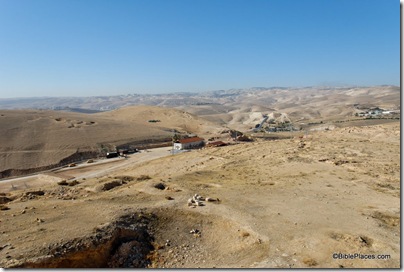The annual meeting of the American Schools of Oriental Research (ASOR) was held last November, but with 287 papers being presented, it is likely that you didn’t catch everything that went on, whether you were present or not.
Brian Janeway has posted a summary of some key presentations related to biblical archaeology. He notes:
Though the term ‘biblical archaeology’ has gone out of fashion, scholars are still preoccupied with correlating their finds with the biblical text. The fact that the vast majority of the sponsoring institutions are secular should encourage Christian believers of all stripes.
He reviews presentations about Jericho, Gath, the Philistines, Khirbet en-Nahas, LMLK seals, Qumran, and the “cave of John the Baptist.” Janeway concludes:
This review of biblical papers delivered at the 2008 ASOR meetings clearly shows that biblical archaeology is anything but dead, even if scholars are uncomfortable with the term itself. Indeed, it illustrates the central role that the Bible continues to play in the history and archaeology of the region; a source unmatched and unrivaled in its rich detail and description of life in antiquity.
Information about the 2009 annual meeting is given at the ASOR website. A schedule of the presentations may be downloaded here.
